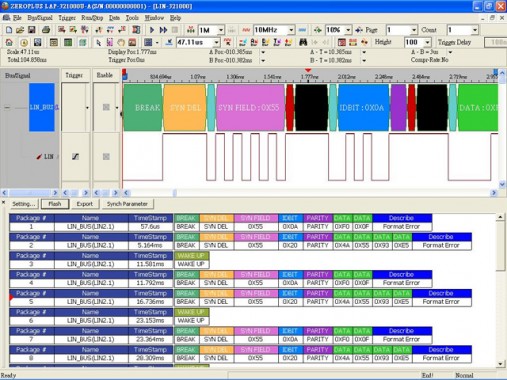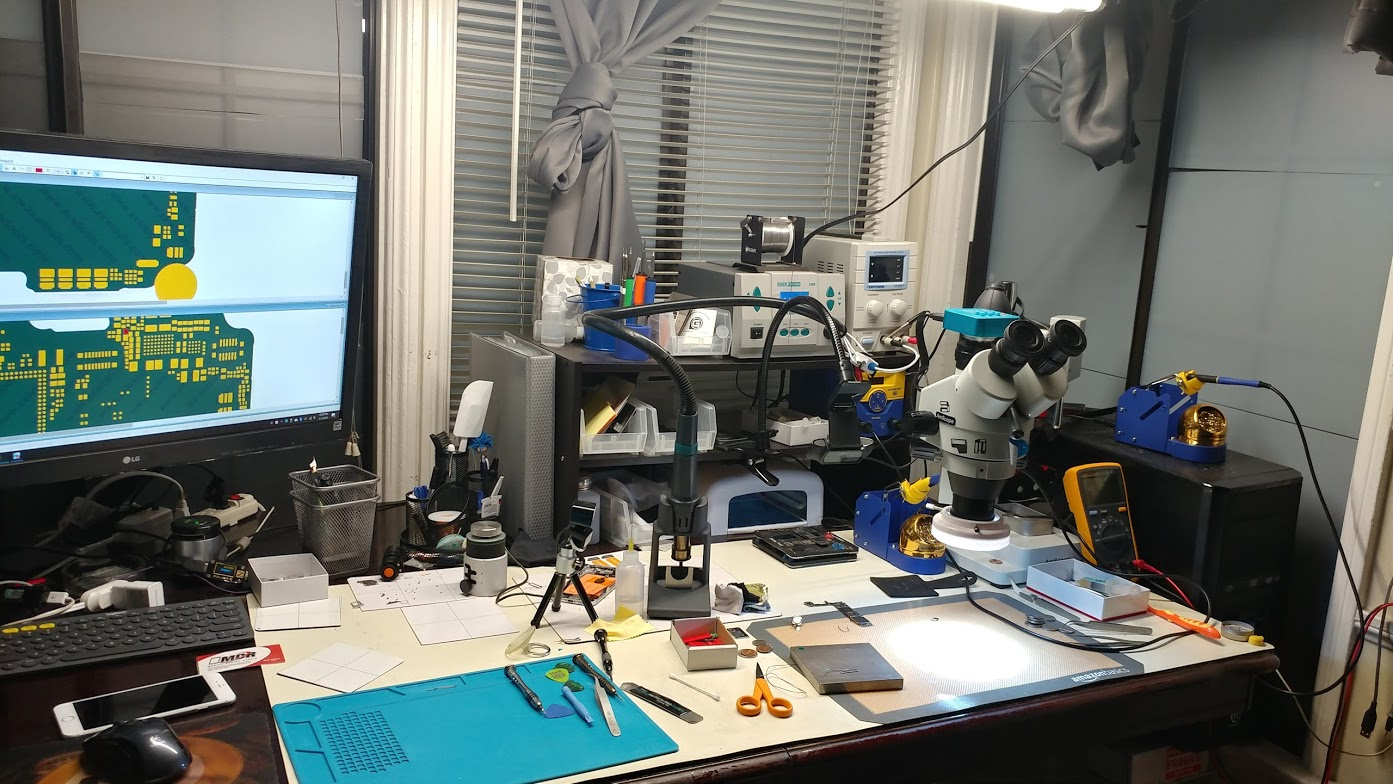Agree with the principle & sentiment you have expressed here but having seen the analyzers called out I had a quick peep for vendors on the usual markets/selling sites and found lots of sellers - many, if not most, seemed to have ‘faq’s’ where one of the 1st q’s is along the lines of “do I need cracked s/w”…response no and then going on to point at the Salea site/download pages. I guess leading potential buyers to assume all ok when placing order and perhaps only realise issue when then in hand and need to get up and running…by then it is down to the users conscience (if they even read any s/w licence and/or note h/w/ tie in) so not so much a matter of ‘encouragement’ here as ‘instruction’ there. If I buy one guess I will go look at the Sigrock site based on comments above. Only solution and only thing you can police here is to encourage to look at alternate, legitimate, sources and flag as many as poss, with comments, criticisms, contributions if open source, and providing help…
It does work - always has - if it doesn’t work for you, there are guides to help you get the firmware sorted.
Sigrok is arguably better anyway.
https://sigrok.org/
You can use sigrok to…
...log data from your multimeter
...have a $10 logic analyzer for examining logic circuits
...have a remote GUI for your oscilloscope
...perform measurements on signals
...make sense of digital signals with protocol decoders
...write custom protocol decoders in python
...remote-control your power supply
...remote-control whatever lab device you'd like to support
...write a quick-n-dirty automation tool for your particular needs
...have a framework/frontend for your home-made devices

That the Chinese vendors of the hardware promote illegal activities does not mean we should do the same (are we even allowed to?).
I would add pointing out to people they will be violating the software license by using the software with third party hardware so they are aware of the issue to the options.
Those Chinese’ Saleae knof-offs … I had one of those to test before buying something more expensive. One problem I had is that the analyzer does not work at 24 MHz, sometimes it even reports that 4 MHz is too fast. The other problem is that one of the input pins was not working anymore after some time - even though I used it only at my ESD safe workbench at the company I worked with.
I then bought an original Logic Pro 8 and that one works great - never have any problems with it. I now also have a Zeroplus on loan for a review.
The Zeroplus does not allow long traces like with the Saleae but it outperforms the Saleae when you want to do protocol decoding: it gives much better readable protocol traces and the option to compare files can be a great help when analyzing a new protocol.
But the Saleae is able to make long (very long) traces - I used it to trace multiple CAN busses for 10 minutes or more. I also find the separate logic signals better readable.
And you can write your own protocol decoder if you want to.
I also have an oscilloscope (Owon DS8202V, 2 channel, 200 MHz) with battery. Having the battery is great, I can now use a resistor in any 3.3V power line to do current measurements without the need to buy one of those expensive differential signal probes.
I have access to spectrum analyzers and a Megiq VNA. This I use to make matching networks on custom RF circuits and to check antenna tuning. Tinkerers will most likely never need this - especially not when only using pre-built LoRa modules.
Yes - there is an overall speed cap. however you can remove the inputs you’re not using and then you can get the max speed advertised for the inputs you are using (just delete the trace line in the software).
I find the 8 channel is perfectly fine for slow input work (e.g. I’ve used it for decoding RF signals after demodulation), but for anything more, the 16 chan one is better (I linked to it above)
In the end, I have 2 of the cheap ones (sometimes I leave one in circuit) and one 16 channel - all very useful if you have multiple projects on the go and you don’t want to repeatedly disconnect things etc
Another thing - they are so cheap, it doesn’t really matter if you bust them ![]()
updated to say I don’t use Saleae software because I prefer open source Sigrok with a 16 channel 100Mhz logic analyser which only costs £28 ![]()
The message in my post was that if you pay for cheap knockoff stuff, you get the quality you pay for. The real Saleae Logic family is of much better quality.
Needless to say that using the Saleae software with a clone is not allowed - I do not support illegal use of software.
The ZeroPlus analyzers are cheaper (€ 120 for a 16-channel version). So if you are seriously looking at good equipment to aid your development this is a very nice choice.
Where do I start?? lol 

We just got one of these (Qoitech OTII Arc), and are very happy with it:

It does 1 uA -> 2.5 A at 0-5 V, sampling at 1 kHz above 17 mA, and 4 kHz below. Useful for calculating battery consumption on LoRaWAN, GSM etc.
you pay an Annual license fee ?
That’s not mandatory. The tools alone lets you analyse power consumption of your device (and log serial, another voltage…etc).
The license adds the possibility to emulate battery discharge curve, and the use of Lua script to extend possibility.
I want / NEED one 
…before or after the 3D Printer?!.. 
after a new fast desktop PC probably  (everything starts falling apart… at the same time)
(everything starts falling apart… at the same time)
Your current 3D-printer starts falling apart? 
With that knot in the background? ![]()
SDR Console
I recently came across a nice SDR program called SDR Console (Windows only).
It also works with the cheap RTL-SDR USB dongles.
Lol. I need all the light i can get sometimes.
Hi All,
I have been attempting to measure current consumption of a node using a Brymen BM869s in series with a battery and it continuously causes the node to crash a random intervals. When I take multimeter out of the circuit the node runs fine.
Anyone have any tips ?
Thanks,
Serge